Don’t du me!
Shaetlan has two pronominal addressee forms: du and you. Both translate to StE 'you'. The first form (du) is only used to address one person (singular addressee), while the second form (you) is used as soon as there is more than one addressee. StE is exceptionally rare in not differentiating between singular and plural addressees: only some 7% of the world's languages have the same form for you[singular] and you[plural].
💬
However, the Shaetlan addressee forms also have a politeness distinction: du is the familiar form for a singular addressee (used with friends, siblings, children, etc), while you is the polite form for a singular addressee (used with elders, people you don't know, in formal situations, etc). StE has no politeness distinctions, so you is used in every situation and to any addressee (one or several, familiar or not). The act of using du for any singular addressee in Shaetlan (whether familiar or not) therefore makes the Shaetlan structure more similar to StE. Also, using du with elders, people you don't know or in formal situations can be felt as rude. In linguistics this is called "pattern replication": the form might look different (like Shaetlan du vs StE you), but in fact it copies the grammar of StE and moves away from the original grammar of Shaetlan.
💬
Pictures: Julie Dennison (@juliedennison).

